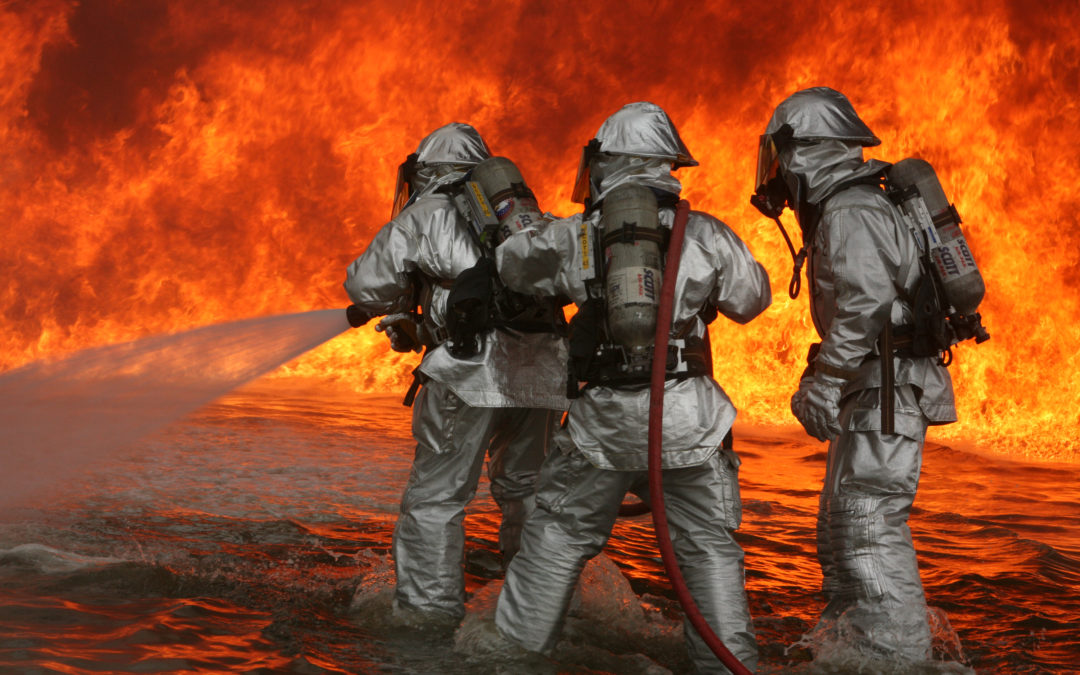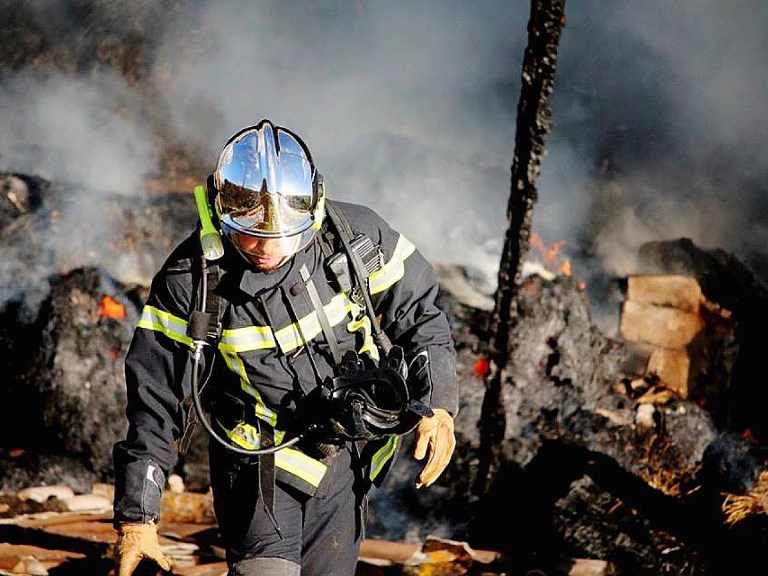How Heat resistant fabric prevents heat?
4 min read
Aircraft, Rescue Firfighters aboard Marine Corps Air Station Miramar fight blazing fires during a controlled burn at the burn pit here. ARFF performed controlled burns June 13-14, they perform these burns about four times a year.
How Fire-resistant fabric prevents heat transfer?
It’s a sort of garment made of fire-resistant materials. These fibers may or may not have a chemical coating. When this fabric comes into contact with the flames, it darkens, as does all clothing. This prevents the chance of the fire spreading as the burning fabric isolates the fabric to extinguish. The carbon coating acts as an insulator, there is nothing left to burn, and the fire finally extinguishes. This fire resistant fabric or self-extinguishing fabric functions excellently in fire-threatening conditions. The object, however, will not deter someone who has been wearing flames for a short amount of time; the burning cycle will ultimately cease.

These self-protection textiles yield outstanding fireproof materials, textiles, and protective equipment, and their use in fire safety is becoming more common. In addition, using heat resistant fabric in everyday life is safer. The use of such fire resistant cloth is necessary for some sectors and professions, such as firefighting. Furthermore, fireproof textiles are ideal for indoor and outerwear materials because they protect hot structures from burning or scorching. Better external shielding also improves radiation and heat protection. This enables employees to have faith in their professions and execute to the best of their abilities without jeopardizing their lives.
Types of Fire-resistant fabric
Treated
As the preceding information demonstrates, these safety garments offer excellent fire protection as well as protection against melting metals. Other textiles do not provide adequate strength and safety to warrant the higher price tag accompanying these protective materials. These fabrics, on the other hand, are not especially durable or dependable, and they will not endure until washing and drying. Bleaches and detergents may compromise the molecular safety of these heat resistant fabric when washing and cleaning of these fabrics are done. Furthermore, eliminating the chemical layer would reduce the safety of these substances in the FR.

Finally, the best choice for the fabric is chose by the needs of the client. The fabric to use depending on the customer’s preferences and the position of work. It’s critical to consider how you’ll utilize this flame-resistant material because the environment will define the type of fire resistant cloth you’ll require. Chemicals are often present in fire retardant materials, however, they cannot use these fabrics to create masks. These fabrics contain chemical coatings so they may cause lung damage when you breathe from them.
Natural
They are suitable for fire and heat since they are comfortable and got at protection. Furthermore, washing these textiles may cause a fade in color. However, this type of flame-resistant fabric is light as it makes it easier to work in without worrying too much about getting a burn from harmful and hot objects. Warm and harsh conditions may easily inspire these lightweight, robust, heat-resistant textiles. This is especially important since the worker must rest and breathe to prevent exhaustion as this fabric allows their bodies to breathe.
However, it does not retain the thin structure of the flame-resistant fabric and does not break down the heat energy transfer by the molten metal. Because these fabrics do not have a chemical surface, they have a longer lifespan and do not lose their FR business properties after extensively washing them.
How can you test these fabrics?
Their ability to withstand combustion, flames, and heat assists in identifying them. Several laboratory experiments are done to replicate the real-world conditions to know the protective abilities of the flame resistant fabric. The outcome defines the fabric’s state and verifies that the textiles meet safety standards; the criteria for each portion of the known fabric. These guidelines ensure that the money spent on a fire-resistant fabric is spend well.
In laboratories, these textiles are to evaluate their consistency and to monitor the rate of combustion in the cloth. To extend the life of the flame resistant cloth, they often burn using a wood or gas fire. Testing for fireproofing is very important as it lets us know what fabric will not fail in a dangerous situation.
Deduction
Even if the fireproof fabric is less strong, the underly fabric is simple to handle and is not held back while wash. It is critical to comprehend the information that may be found on the tags beneath the collar. Bleach and detergent chemicals then create a chemical coating over flame resistant cloth, decreasing their heat resistance.
It might be tough to choose whether flame retardant materials are right for you. However, the only method to address this underlying issue is to conduct a workplace audit. To pick the type of flame-resistant fabric that meets your criteria depends on you. Natural fabrics are lighter than treated heat resistant cloth, but they provide less direct flame-retardant protection. The treated fabrics, on the other hand, contain more necessary protective chemicals but no irreversible chemical compounds. You must make a decision between doing what you want and doing nothing at all. Choose your flame-resistant fabric carefully and responsibly.




